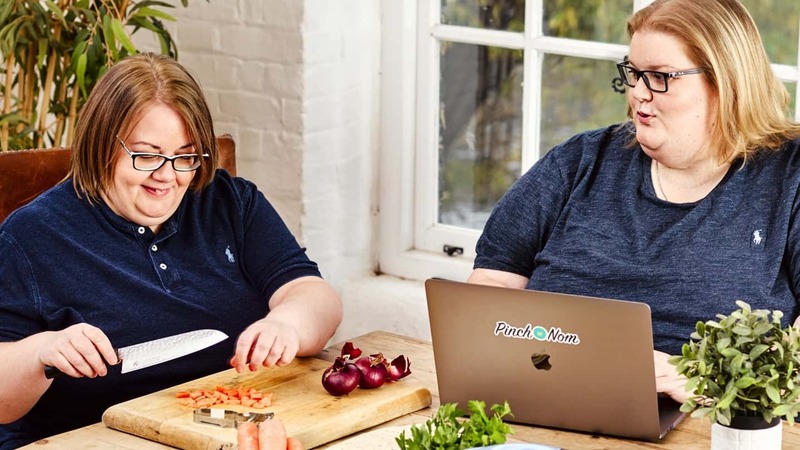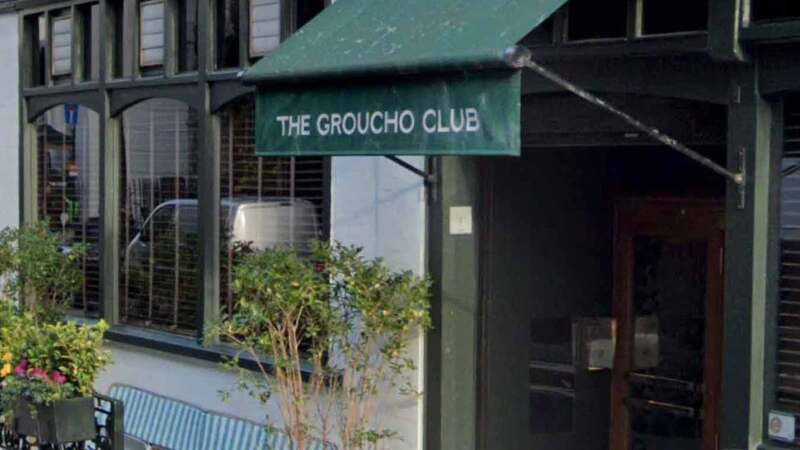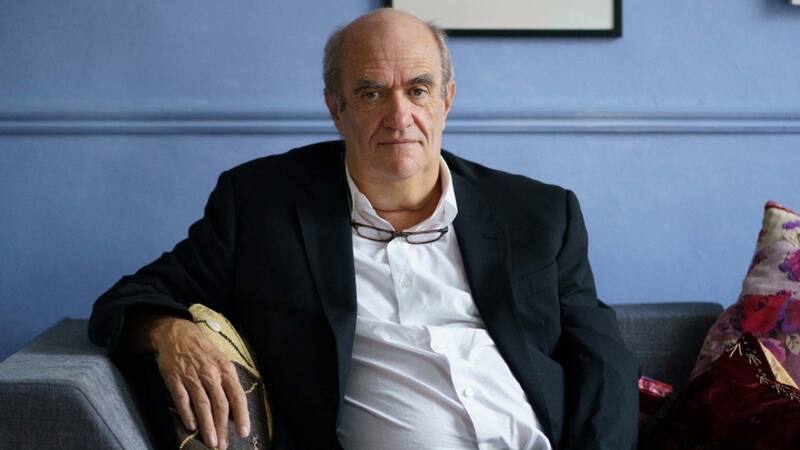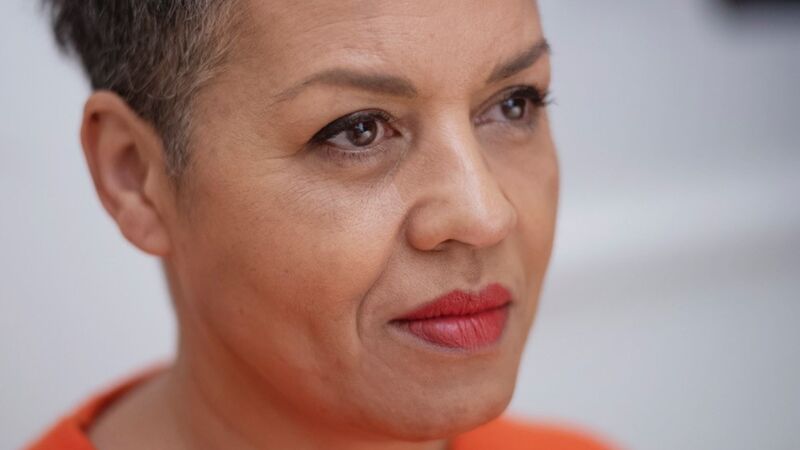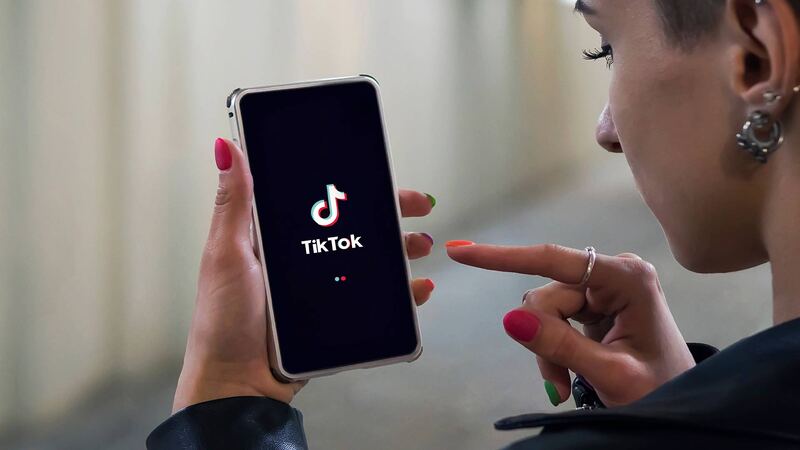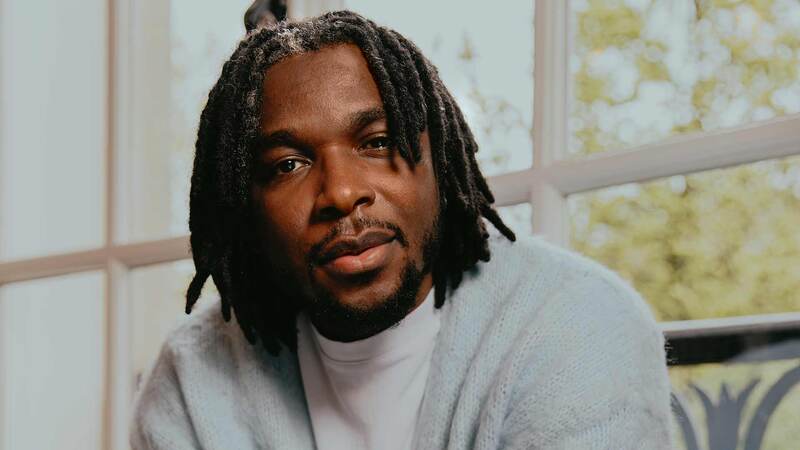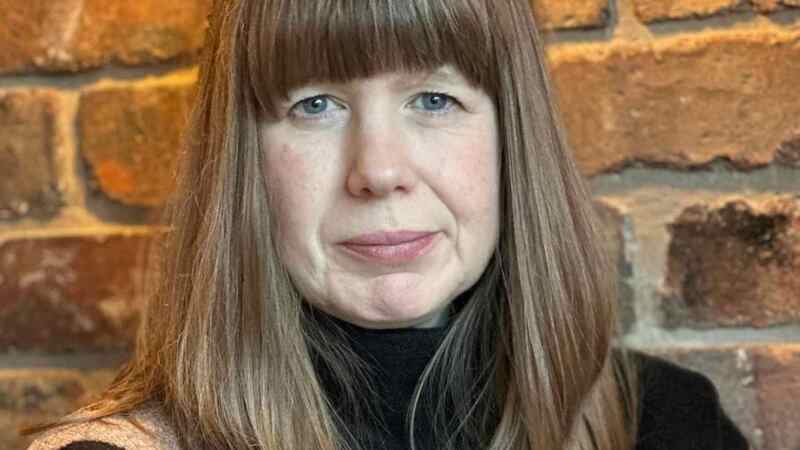You are viewing your 1 free article this month. Login to read more articles.
Pearson to slash 3,000 jobs but profit jumps at PRH
A further 3,000 jobs are set to be axed at Pearson by 2020 as part of the company’s bid to save £300m a year, its chief executive John Fallon revealed as the company's half year results were announced today (4th August). Meanwhile trade publisher Penguin Random House had a “solid” start to 2017, the figures showed, with profit up 44% to £46m although revenue fell "slightly".
Revelations of further job losses in Pearson mean that since John Fallon became c.e.o. of the company in 2013, he has presided over 10,000 redundancies as the company shifts focus to becoming a pure-play education business. News of the cuts came as the British education giant revealed its financial results for the first half of the year, with revenue up 1% to £2,047m and profits up “significantly” (310%) year-on-year to £107m.
The company revealed in May it planned to reduce costs by a further £300m, but has only now revealed the number of jobs that equates to. The majority of the role cuts will be made from technology, HR and finance, the company’s chief financial officer Coram Williams said, as well as in North America, where its higher education business is shrinking.
The reduced number of roles will make the company “simpler, more scalable, more agile, able to move faster,” Fallon said. However, he added in an investors call with analysts and journalists: “No one takes pleasure in this kind of transformation that we have to do, but it is fundamental to the long term growth of the company.” He added he was “looking forward to getting the revenue growth of the company going again”.
The majority of the redundancies will take place in the second half of 2018 heading into 2019, leaving Pearson with 29,000 staff by 2020. The company already made 4,000 people redundant in 2016 – equivalent to 10% of the company’s workforce - which came on the back of a first round of 3,000 losses under Fallon's tenure in 2013. Altogether Fallon will have reduced Pearson's cost base by £950m during that time.
Despite the repeated layoff rounds, Fallon claimed the "mood and morale" at the company was "very strong, buoyant".
“People are confident about the year ahead,” he said. “They understand the challenges in the business over the next two or three years but are also excited by the opportunity. There is plenty of time to plan and prepare.”
The grim news for Pearson employees coincides with more positive news for shareholders, with underlying revenue growth at the company increasing 1% to £2,047m year-on-year for the six months to 30th June 2017. The growth has been led by higher gross sales and lower returns in North American higher education courseware, along with good growth in English language courseware in China and in school courseware in South Africa. Growth was partially offset though by expected declines in US school assessment, “macroeconomic weakness” in Brazil and the impact of business exits in the Middle East.
Adjusted operating profit was up significantly by 310% year-on-year to £107m in the first half of the year and Fallon said the company’s balance sheet was “in good shape” with operating cashflow £138m better than this time last year.
However, net debt rose £207m to £1,633m with an increase of £89m due to strength of the US dollar against sterling and a pension contribution of £162m relating to the 2013 creation of Penguin Random House, but Pearson said operating cash flow over the last 12 months had “more than covered dividends paid, restructuring costs, interest and tax charges”.
The company also said it was investing £700m a year in its “digital future” and revealed that US bookstore chain Barnes & Noble Education was latest major partner to sign up for its partner print rental programme.
The education giant has also reduced the prices for e-book rental across 2,000 titles and has seen “positive early indications on the impact on demand,” it said. It is also working hard to reduce returns from bookshops, introducing a restocking fee for returns.
The company reiterated guidance in gave in July that it expected adjusted operating profit of between £546m and £606m for the full year.
Fallon said the company’s “transformation” plans were positioning the company to be the “winner in digital education, and create long-term sustainable value for our shareholders”.
"Pearson has had a solid first half. We are making good progress on our strategic priorities and our guidance for 2017 remains unchanged,” he said. “We are focused on maximising performance through the critical second half.
"Strong cash generation, prudent management of our balance sheet and implementation of our transformation plans are positioning us to be the winner in digital education, and create long-term sustainable value for our shareholders."
Penguin Random House achieved a “solid” first half of the year, with profit up 44% to £46m compared with £32m for the same period a year earlier. However, revenue fell slightly, with lower demand for e-books partially offset by continued strength of physical sales and growth in audio books. No overall revenue figure was given.
The trade publisher’s profitability benefited from phasing as well as multiple number one bestsellers and the annualisation of integration synergies, the report said.
While parent company Pearson currently owns 47% of PRH, it announced last month it had agreed to sell 22% of the trade publisher to co-shareholder Bertelsmann, valuing the publisher at $3.55bn (£2.76bn) including debt.
During the first six months of the year the UK arm of business published 470 Sunday Times bestsellers, including Paula Hawkins’ Into The Water and her 2015 title The Girl On The Train, which made her the division's top-selling adult author in the half year. Meanwhile Roald Dahl became the biggest-selling children's author in the period, selling more than one million additional copies.
The US arm of the publisher meanwhile achieved 263 New York Times print and e-book bestsellers, including Into The Water by Paula Hawkins, Jay Asher's Thirteen Reasons Why; and Camino Island by John Grisham. Jay Asher's Thirteen Reasons Why, the basis for the hit Netflix series, sold more than one million units in all formats in six months, and Everything, Everything, a movie tie-in, and The Sun Is Also A Star, both by Nicola Yoon, cumulatively sold more than one million print and digital editions.
The company is expecting success this autumn with new books by Dan Brown, Ron Chernow, Lee Child, Harlan Coben, Ta-Nehisi Coates, Clive Cussler, Janet Evanovich, Art Garfunkel, Richard Flanagan, Ken Follett, Sue Grafton, John Green, John Grisham and Tom Hanks, among others.






